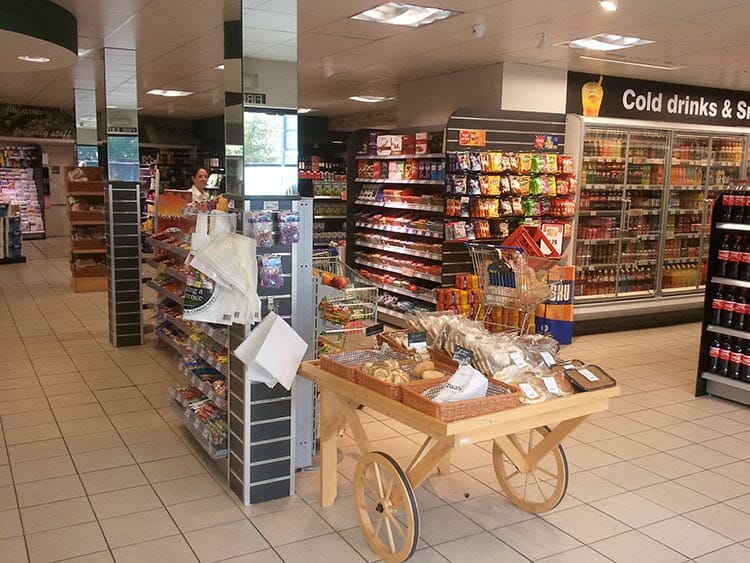How Convenience Stores Can Keep Up with the Times
Corner Capital not only understands trading multiples in the industry, but the importance of keeping your c-store (or marketing strategies) relevant. In today’s world of ultra-convenience, traditional convenience stores have to continually evolve in order to stay relevant. There are a lot of stores re-imagining the traditional model to set themselves apart and offer consumers more variety and choices.

EMBRACING TECHNOLOGY
Technology is a part of everything we do. Businesses have to embrace technology and allow customers to utilize it in their interactions with a brand. For some, this means dedicated social campaigns, offering contests and specials for top followers and participants. For 7-eleven, it means teaming up with mobile apps like DoorDash and Postmates to allow customers to arrange delivery of convenience items to homes and office spaces. In Canada, Walmart and 7-Eleven have teamed up to offer shoppers the ability to order online from Walmart and have their orders delivered to the 24-hour convenience store closest to them for pick-up.
But embracing technology can start before the customer interaction. Kwik Stop chains are utilizing 3-D technology to plan out their new stores and remodels. This allows them to conceptualize the most customer-centric layout and make changes with the click of a button while focusing on key design elements such as bathroom placement, wide aisles, and other traffic flow considerations.
CHANGING PRODUCT OFFERINGS
Of course, incorporating technology will only go so far if the product offerings don’t match consumer needs. More people than ever are focused on eating healthier, and they want to be able to meet their dietary goals without having to shop at specialty stores. No longer are people willing to sacrifice their food standards for a quick snack. This development is one of the reasons that stores like Green Zebra are popping up and being met with success. Green Zebra is a Portland-based convenience chain that embraces the 20-minute neighborhood philosophy whereby residents can easily walk or bicycle to meet all basic daily, non-work needs. They partner with local organizations and businesses to provide products that locals care about, like Stumptown Coffee. They emphasize fresh produce and prepare food in-house from scratch each day. This allows local customers to feel good about stopping by multiple times a day for quick snacks and last-minute buys.
European convenience stores are also increasing their selection of fresh foods, finding ways to meet growing demand, while addressing the problem of short shelf-life. When businesses meet these challenges, customers feel like their desires matter to a company, and are more likely to become repeat buyers.
FOCUSING ON THE PERSON
The most important thing for convenience stores to remember is that people’s needs evolve. The companies that achieve lasting success are those that evolve with their customers and offer opportunities for people to incorporate their values into their purchasing decisions. People are voting with their wallets more than ever, and successful convenience stores will adapt with the changes in how people are spending their money. This means more personalized conveniences such as delivery and social media specials, and product changes that meet a variety of dietary restrictions and choices. The more diverse a store’s selection of fresh, local produce and products, the more likely they can appeal to nearby patrons who have the potential to become regular customers.
